12 Ways to Conserve Water in and Around Your Home
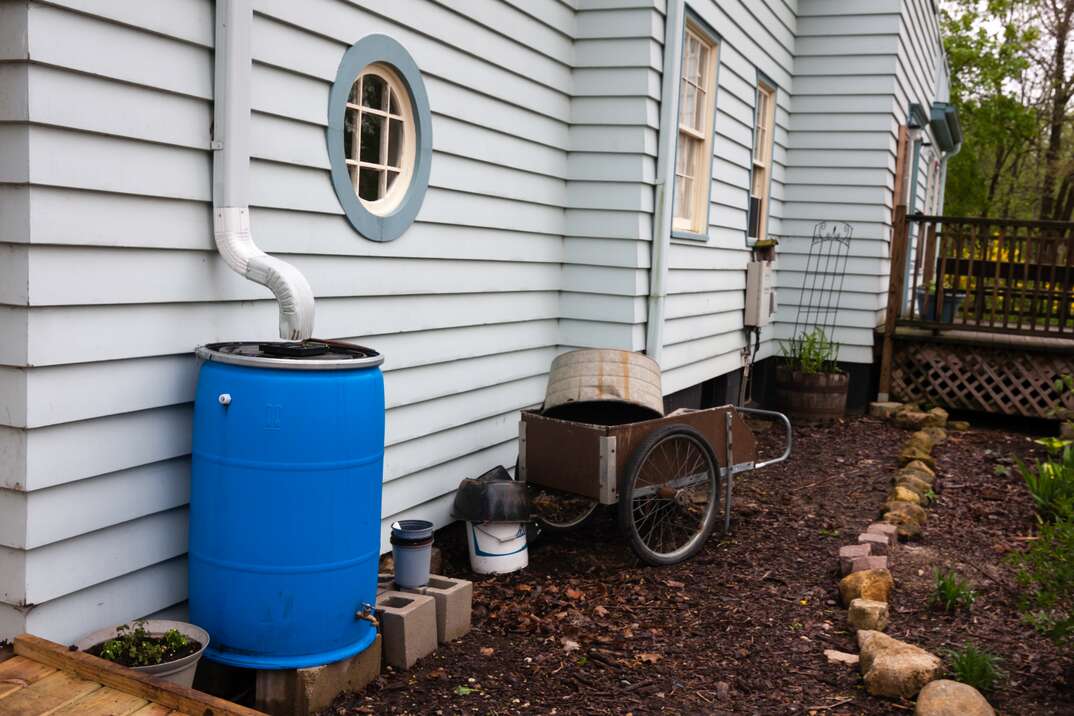
In the United States, the average citizen uses roughly 82 gallons of water per day. As many areas are projecting water shortages in the coming years, you may be considering how to reduce your usage.
This May Also Interest You: How to Keep Your Lawn Green While Also Conserving Water
Whether you want to reduce your water bill, help the planet or a bit of both, there are plenty of ways to conserve water in and around your home.
Conserve Water in the Garden or Yard
1. Collect Rainwater
Collecting rainwater using a DIY water barrel is one of the most effective garden water conservation tips because it lets you establish a free water supply. Making a DIY rain barrel out of a trash can is cheap and easy enough for anyone to complete in a day. However, some states restrict rainwater collection, so it's important to check the rules where you live before you start.
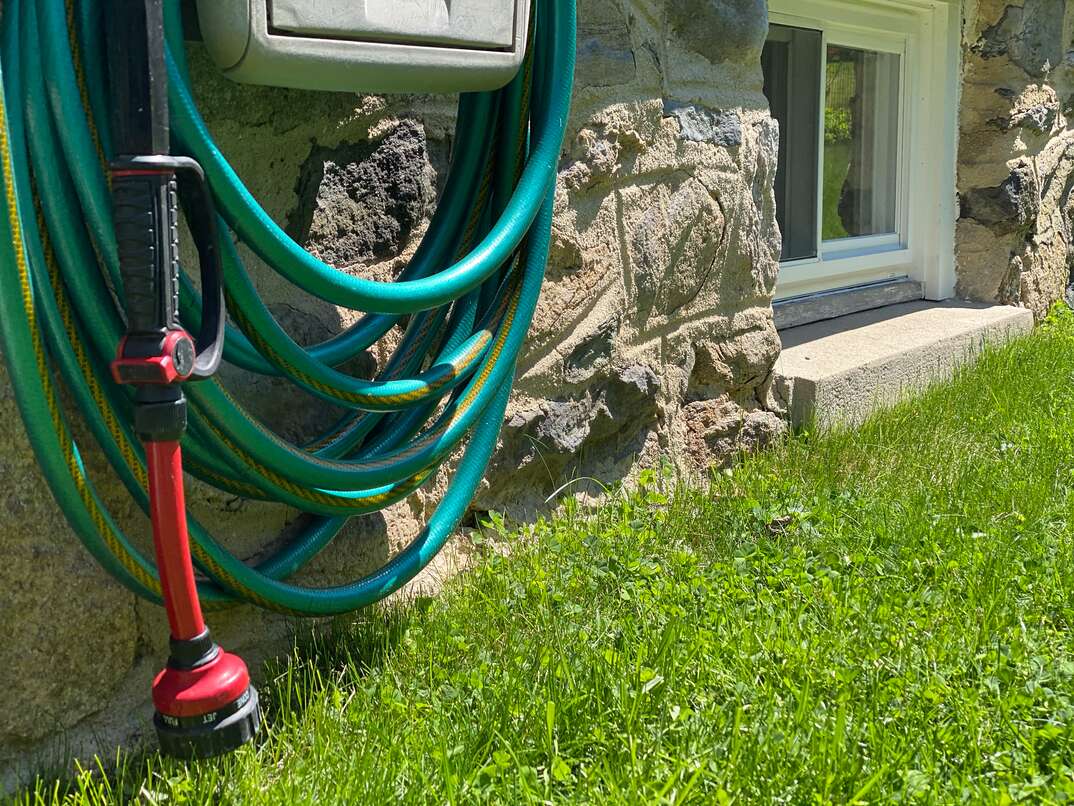
2. Water Your Garden Strategically
Watering your garden in the evening helps you conserve water, especially during hotter months. Timing your watering sessions when it's cooler means you'll lose less water to evaporation. It's also worth checking which areas of your garden need watering before you start. If the soil feels moist in certain areas, you can leave them until the next day to reduce your usage.
3. Add Mulch
Adding mulch to your soil can help slow down the evaporation rate, allowing it to retain more water and reducing how often you need to water your plants. You could also consider adding water-retentive beads to potting compost before planting.
Conserve Water in the Kitchen
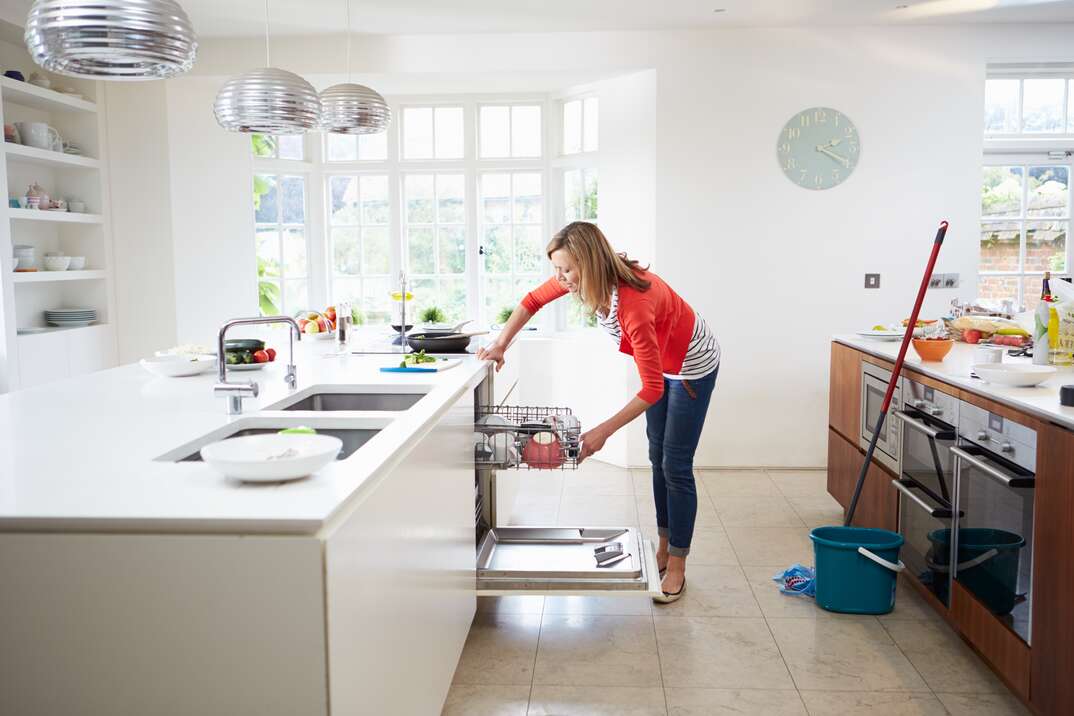
4. Run Dishwashers on a Full Load
Dishwashers use a lot of water, and you can conserve water by simply washing your dishes by hand. However, if you don't want to sacrifice the convenience, you can still save a lot of water by waiting until you have a full load before running a dishwashing cycle. Doing so lets you get more items clean on fewer cycles.
5. Recycle Water
There's no need to throw your used pasta or rice water down the drain. Although it's not a good idea to reuse water for cooking, it's perfect for watering your garden. Keeping a watering can in your kitchen to collect old cooking water during the day can serve as a reminder, and you can take it outside to water your plants in the evening.
6. Stop Running Water Down the Sink
Unless you have a tankless water heater, chances are you have to run the faucet for a few seconds before it's hot enough for washing the dishes. The amount of water you waste doing this can add up over time, so consider keeping a container handy to place under the faucet while you wait. You can use the water you save for cleaning, soaking dishes or watering the backyard.
More Related Articles:
- Putting Your Laundry on the Line: Here’s How to Install a Clothesline (and Save Energy)
- 8 Home Efficiency Measures You Can Take This Earth Day
- Gimme a Tax Break: 5 Things to Know to Get the Latest HVAC Tax Credits and Rebates
- Don’t Let Vampire Power Suck You Dry: Learn to Lighten Your Phantom Load
- 15 Ways to Save on Your Electric Bill
Conserve Water While Doing Laundry
7. Invest in an Efficient Washer
According to the U.S. Environmental Protection Agency, the washing machine you use can make a big difference in how efficiently you use water. If you have an old washer, switching to a newer model could help you significantly reduce your water usage. An Energy Star-certified, front-loading washer is the most efficient choice, using as little as 13 gallons per cycle compared to an average of 31 gallons for all residential washers.
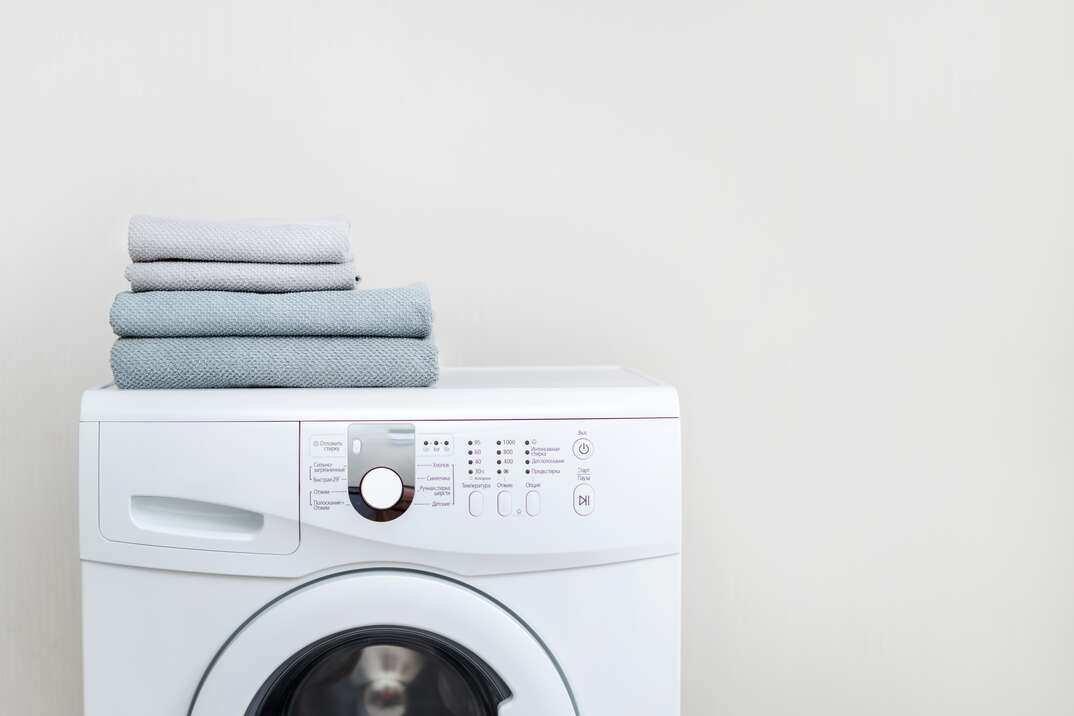
8. Use Towels More Than Once
There's no need to wash your towels after every use. If you hang them up and allow them to dry thoroughly between baths or showers, they should stay fresh for several days. Towels take up a lot of space in your washer, so washing them less frequently can help you reduce the number of cycles you run and save water.
9. Inspect for Leaks
A leaky washing machine can cause a hike in your water usage, not to mention increasing the risk of water damage to your home. The washer hose is one of the most common areas for leaks, so you should inspect it regularly and replace it if it's looking worn.
Conserve Water in the Bathroom
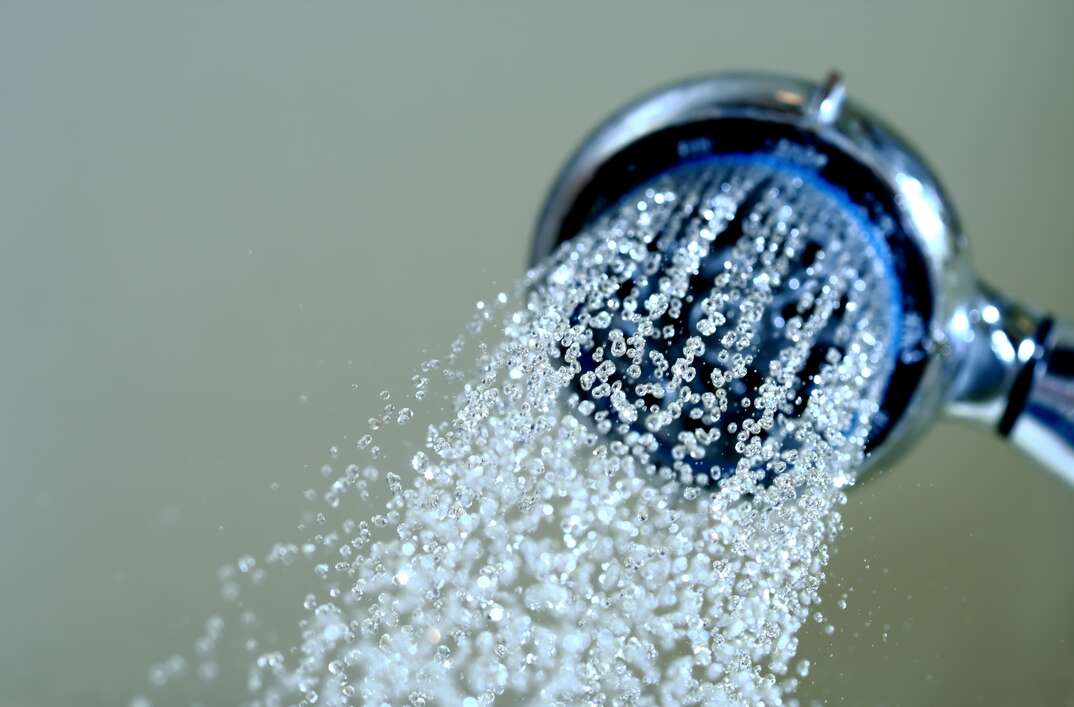
10. Swap Baths for Showers
One of the best ways to save water in the bathroom is to take a shower instead of a bath whenever possible. Although a long soak in the tub is relaxing, it uses up to 70 gallons of water compared to between 10 and 25 gallons for a shower. The EPA recommends using a timer to limit your showers to around 5 minutes to save as much water as possible.
11. Take a Shallow Bath
If you are a real bath lover or don't have a shower, consider reducing the amount of water you pour into the tub. You could save several gallons of water each time you bathe. It's also worth considering keeping a container handy to save cold water running from the faucet instead of letting it run down the drain while it warms up.
12. Switch to a Low-Flow Showerhead
Regular showerheads release around 2.5 gallons of water per minute, but you could save water by switching to a low-flow showerhead. Look for a showerhead with the WaterSense label, which guarantees that it has a flow rate of 2.0 GPM or below. According to the EPA, average households could conserve up to 2,700 gallons of water per year simply by making the switch.


